
Vol. 1 / No. 2
By: David Crownover
Once and Again
“…During the past summer a large and beautifully lighted room was granted us. Necessary cases were built, and in September […]
View Article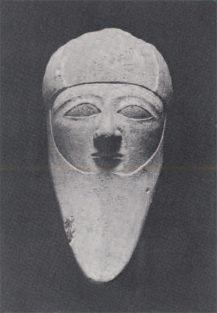
Vol. 1 / No. 4
By: David Crownover
Ancient and Primitive Art in Philadelphia Collections
Art of any period or time has been seen to pass through a life cycle: dynamic in youth, overcome by […]
View Article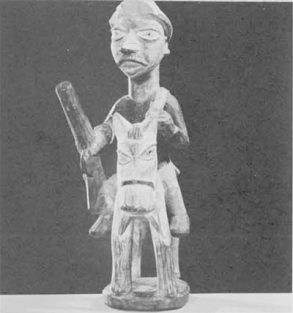
Vol. 2 / No. 3
By: David Crownover
The Pink People
Europeans occur in the tribal art of Nigeria as far back as the 17th century when Portuguese sailors navigated the […]
View Article
Vol. 3 / No. 1
By: David Crownover
A Pair of Twins
This poem translated from the Nigerian language group by Roger Wescott propounds a simple truth: it is a good thing […]
View Article
Vol. 3 / No. 4
By: David Crownover
A Mask of Turtle Shell
Between the Cape of York Peninsula in Australia and the southeast tip of land along the Papuan Gulf of New […]
View Article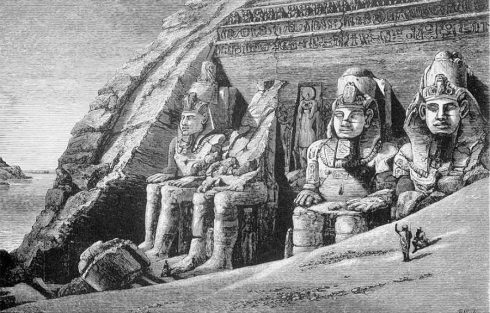
Vol. 4 / No. 3
By: David Crownover
Amelia Edwards and the New Aswan Dam
The second river of Paradise is said to have run through the Biblical land of Kush or Nubia. Modern Nubia […]
View Article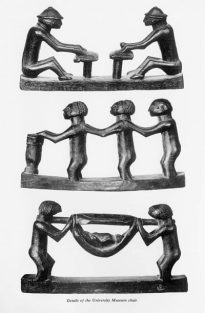
Vol. 4 / No. 4
By: David Crownover
Take the Chair
Only in recent times has the chair become a household necessity. From antiquity the chair was reserved for persons of […]
View Article
Vol. 5 / No. 3
By: David Crownover
Discoveries at Cyrene
“The parts of Libya about Cyrene,” as the King James version of the Acts of the Apostles styles it, at […]
View Article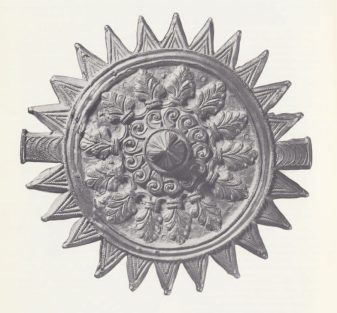
Vol. 6 / No. 2
By: David Crownover
An Ashanti Soul-Washer Badge
“In the beginning God created Black as well as White Men…God having created these two sorts of Men offered two […]
View Article
Vol. 7 / No. 1
By: David Crownover
Some Frit from Northern Mesopotamia
Frit, the word derived from the Italian “fritta,” (fried), is a chemical compound made up of silicate of lime and […]
View Article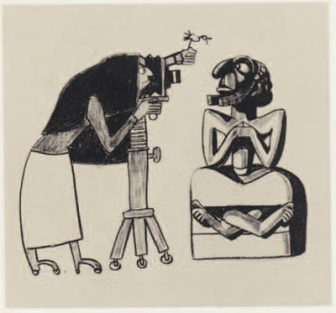
Vol. 12 / No. 3
By: David Crownover
Alfred Bendiner and Iraq
Architect and artist, “Al” Bendiner, as a full generation of The University Museum called him, served at various times on […]
View Article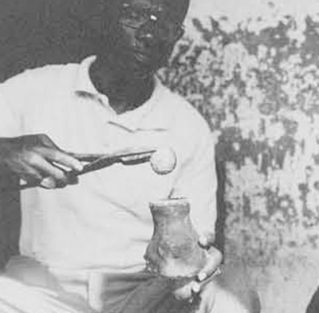
Vol. 15 / No. 3
By: David Crownover
Gold Beads From the Gold Coast
Hutchinson, in his diary, part of Mission from Cape Coast Castle to Ashantee, published by Thomas Bowdich in 1819, paints […]
View Article